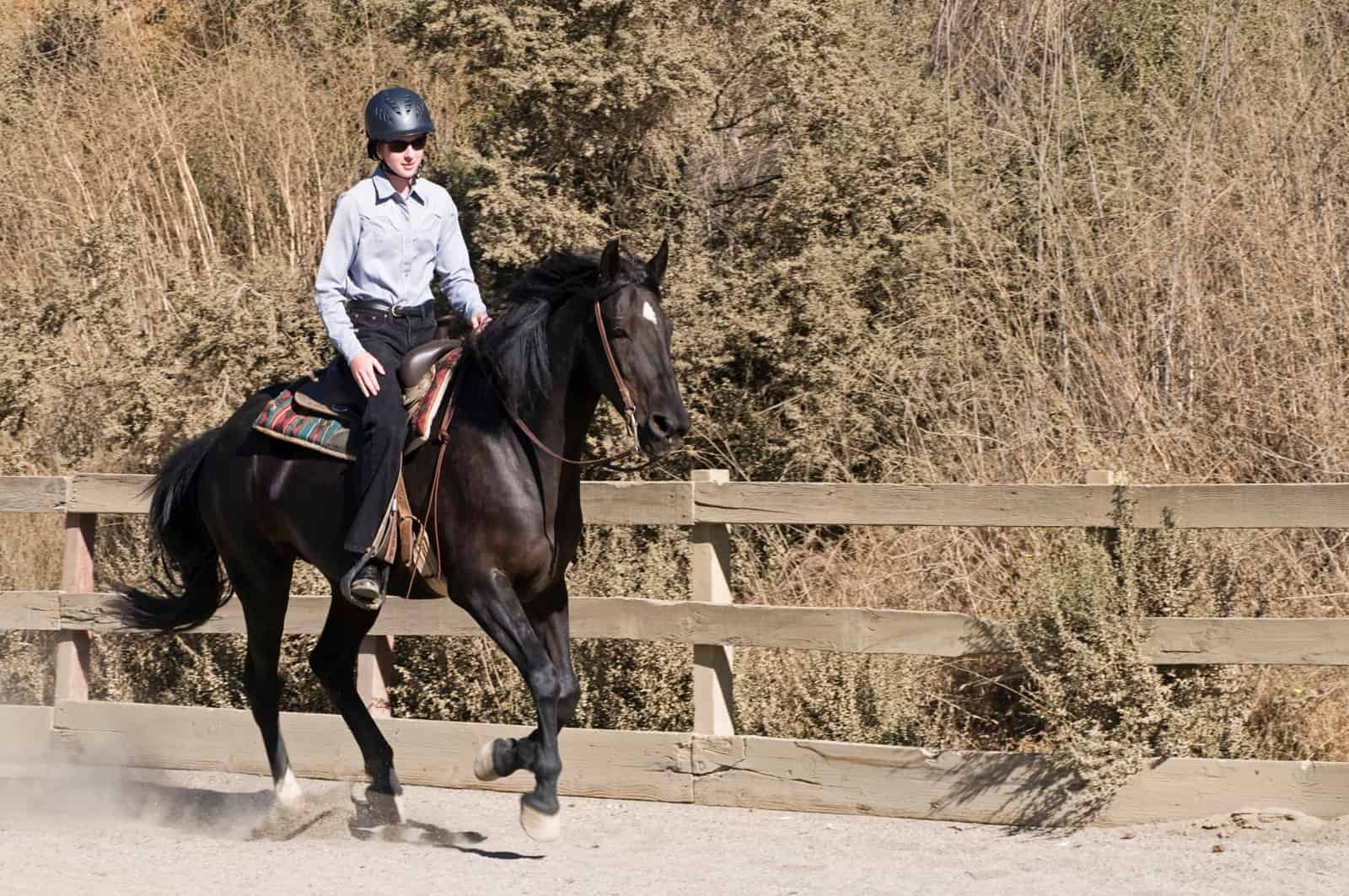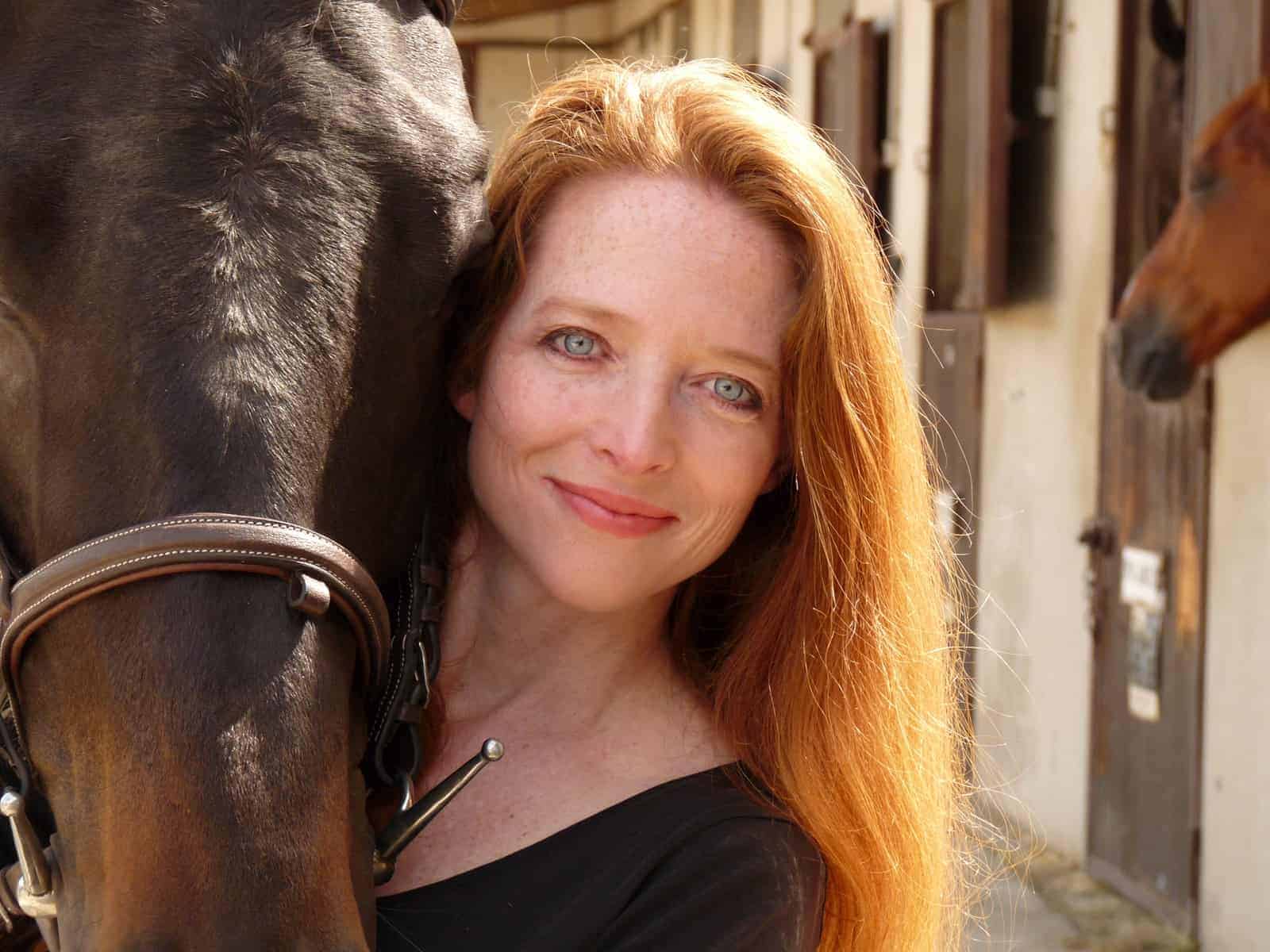Sending Signals

From biomechanical to psychological influences, what effects do we have on our horses while riding?
Just because humans have been riding horses for millennia doesn’t mean horses are actually meant to be ridden. The horse’s long back muscles and vertebrae were designed for galloping, not carrying weight. That can be a tough pill to swallow for equestrians. But it doesn’t mean we shouldn’t ride; it just means we need to be aware of the mechanics at work beneath us when we’re riding and how we’re affecting the horse. This month we’re taking a look at how riders impact their horses—from a pure biomechanics standpoint as well as the psychological side.
Sitting on a Horse’s Back
This is about as basic as riding gets: weight applied to the musculature over and around the thoracic vertebrae. And while this wasn’t the back’s intended purpose, it’s remarkably capable of the task—provided we’re careful.
Hilary M. Clayton, BVMS, PhD, Dipl. ACVSMR, MRCVS, professor and Mary Anne McPhail Dressage Chair, Emerita at Michigan State University, says the amount of force we apply to a horse’s back depends on how we ride and what gait we’re riding. For example, peak forces at the trot are twice a rider’s weight, and they increase to 2 ½ or three times the rider’s weight at the canter TheHorse.com is home to thousands of free articles about horse health care. In order to access some of our exclusive free content, you must be signed into TheHorse.com. Already have an account?Create a free account with TheHorse.com to view this content.
Start your free account today!
and continue reading.

Written by:
Christa Lesté-Lasserre, MA
Related Articles
Stay on top of the most recent Horse Health news with















